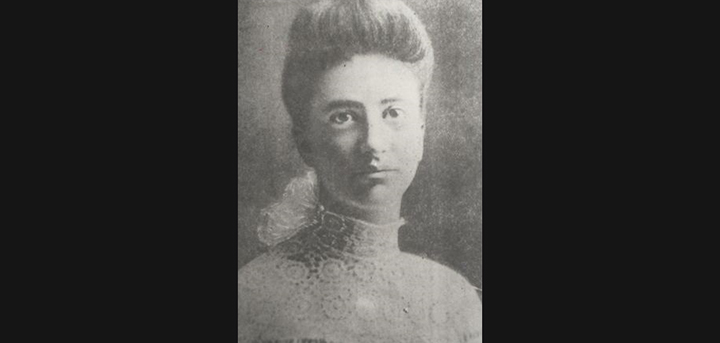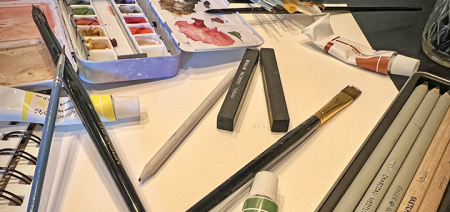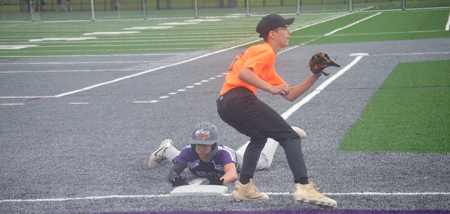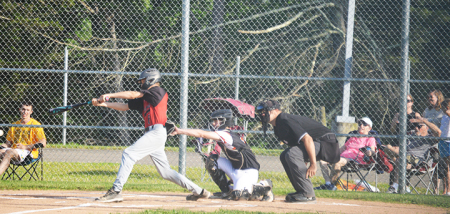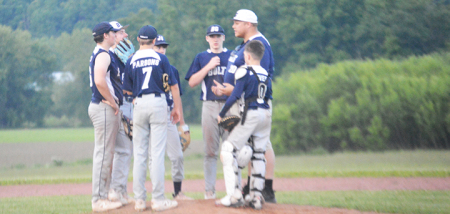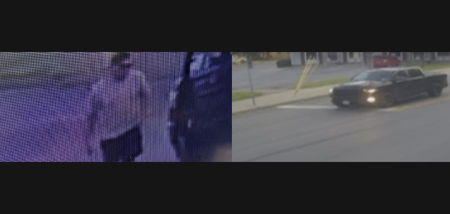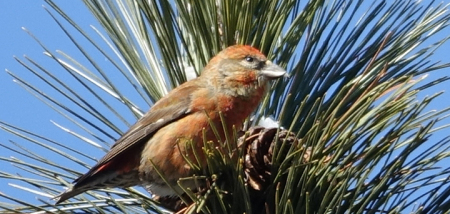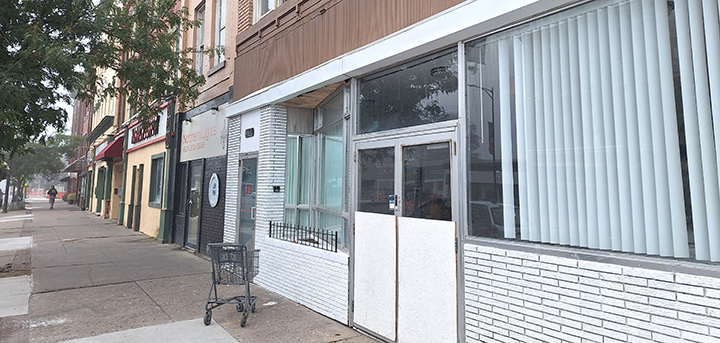Late Blight Found In Norwich
Published:
July 28th, 2010
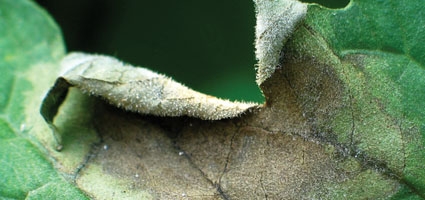
NORWICH – Late Blight was confirmed on both tomatoes and potatoes on July 27. Grown in a home garden in the city, the sample was collected on July 25 after the entire crop of tomatoes died almost overnight. Nearby potatoes are also infected.
In an effort to avoid the catastrophe that happened last year, please monitor your tomatoes and potatoes in earnest. Look for dark watery lesions on the leaves, stems and fruit. Late blight spreads quickly. Cornell recommends: “If late blight becomes severe, remove diseased plants by digging them up. Destroy these plants immediately by one of the following: burying them deeply in an area away from the garden, burning them, or by bagging them in a plastic bag and discarding the bag. These steps will help avoid production of a larger number of spores. Harvest all potato tubers in the garden. If late blight occurs when the tubers have already ‘sized up’, harvest the crop as soon as possible to avoid post-harvest tuber rot. Again, destroy diseased foliage and stems.”
There are fungicides that can be sprayed to prevent infection, but once severe infection has taken hold, chemical controls will not work. Commercial growers check www.nysaes.cornell.edu/recommends/ for the latest pesticide recommendations. Home gardeners can follow these recommendations if diagnosis is confirmed: use azoxystrobin (not near apples), Bacillus subtilis, chlorothalonil, copper soap (copper octanoate), or copper sulfate. Protectant fungicides (chlorothalonil or copper products) should be used at first appearance of disease according to the label instructions.
Comments


